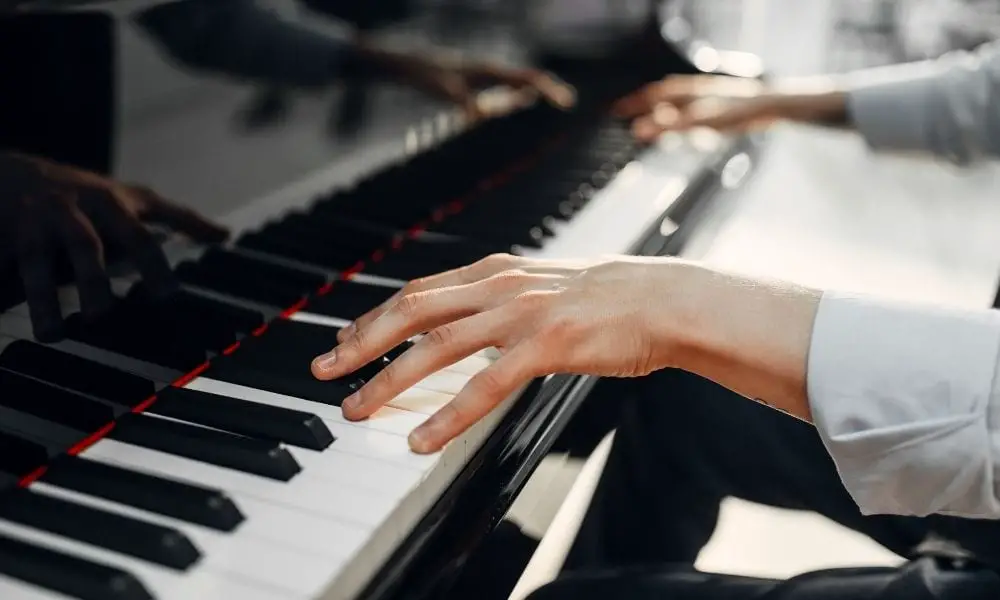

When it comes to rock and roll, the electric guitar is the foremost tool of the trade—it’s hard to imagine rock without it. But just as important as the guitar is the piano, which has played a major part in rock from its rhythm-and-blues roots to its experimental present. Let’s take a look at some of the most innovative piano players in rock music:the artists and bands who redefined the piano and its place in the greater rock idiom.
Aside from being one of the most dynamic front men in rock history, the late, great Freddie Mercury pioneered the role of the piano in rock music with the release of the canonical classic “Bohemian Rhapsody.” This unforgettable number one hit departed from the typical use of rock and roll piano and introduced classically influenced flourishes to the piano’s spot in rock.
Having come to the forefront of popular music as a gravelly-voiced lounge act, Tom Waits took influences from sources as disparate as John Cage and Captain Beefheart in redefining his sound going forward. With the release of 1983’s Swordfishtrombones, Waits moved away from the grand piano he had played to that point. In its place, he sat before Cage-inspired prepared pianos, tack pianos, and an assortment of unorthodox keyboards Waits called a “junkyard orchestra.”
From its genesis, punk rock had been inseparable from the fuzz of the distorted electric guitar. Piano player Ben Folds made the clean break with his band, Ben Folds Five (in a reality, a trio—they always did have a sense of humor), which fused the frenetic and sardonic punk ethos with sophisticated, jazz-inspired melodies—all led not by guitar, but by piano. With Folds covering 88 keys’ worth of pitches and Robert Sledge on a fuzzed-out bass, there was no need for guitar at all.
In the 21st century, perhaps no alternative rock band is more synonymous with innovation than Radiohead. Part of a quintet in which instrument assignments are fluid, lead guitarist Jonny Greenwood and vocalist/guitarist Thom Yorke take turns at the keys. In addition to deploying electric pianos, vintage synthesizers, and a theremin-like instrument called the Ondes Martenot, Radiohead makes use of the traditional acoustic piano with some twists—running its sound through laptops or handheld live samplers to create new timbres and sounds.
While new uses for the piano may have come naturally to innovative piano players in rock music, making certain that their avid fans could hear those innovations in concert settings took some additional creativity. While you’d be hard-pressed to find a radio station that would play Queen, Tom Waits, Ben Folds Five, and Radiohead in one set, there is some commonality at play—all four acts installed a piano sensor that uses magnetic transducers to amplify the piano’s strings and ensure the proper balance and blend with their louder counterparts—not to mention the din of an appreciative crowd.
Additional Resources:
Post Malone
Tool
Tyler the Creator
Lizzo
Billie Eilish
Discover the incredible teamwork of bees and how their collaboration sustains ecosystems. Learn how we…
A night out at a top-notch bar with an incredible view can be an unforgettable…
Learn the critical safety features every go-kart track needs. From barriers to emergency solutions, these…
Wooden pallets are essential for efficient logistics. Learn how to ensure safe transport and storage…
Discover five warning signs that indicate it’s time to replace your car. From repair costs…
Having PPE on hand isn’t enough to protect your team. Learn how to enhance safety…